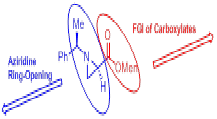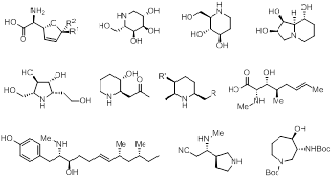
Hyun-Joon Ha
Hankuk University of Foreign Studies, South Korea
Title: Synthetic application of chiral aziridines
Biography
Biography: Hyun-Joon Ha
Abstract
Chiral aziridine-2-carboxylate possesses two important functional groups including carboxylate and aziridine ring which are useful for the synthetic purposes. Since both of (2R)- and (2S)-aziridine-2-carboxylates with phenylethyl group at the ring nitrogen were commercialized in optically pure forms, we have studied to extend their synthetic utilities for the construction of various nitrogen containing molecules in optically pure forms. The chemistry we have developed was based on aziridines focusing on two directions, namely the functional group transformation of carboxylate and the aziridine ring opening or expansions. The C-2 ester group can be transformed to aldehyde, alcohol, amide, ketones, ketoesters and amines bearing diverse substituents with proper stereochemistry in high yields. To carry out the ring-opening or ring-transformation of this aziridine should be activated as aziridinium ion or its equivalent with an assistance of proper electrophiles. The radiochemical pathway with substituents at C2 of this non-activated aziridine was disclosed to be dependent to the characteristics of substituent, electrophile and nucleophile. The aziridine ring opening reaction with properly functionalized side chain at the aziridine ring by various nucleophiles provided an easy access to diverse nitrogen-containing cyclic and acyclic molecules in asymmetric manner. The highlight of this chemistry was exemplified by an efficient and highly stereoselective synthesis of many biologically important molecules.
Figure 1.

Figure 2.


